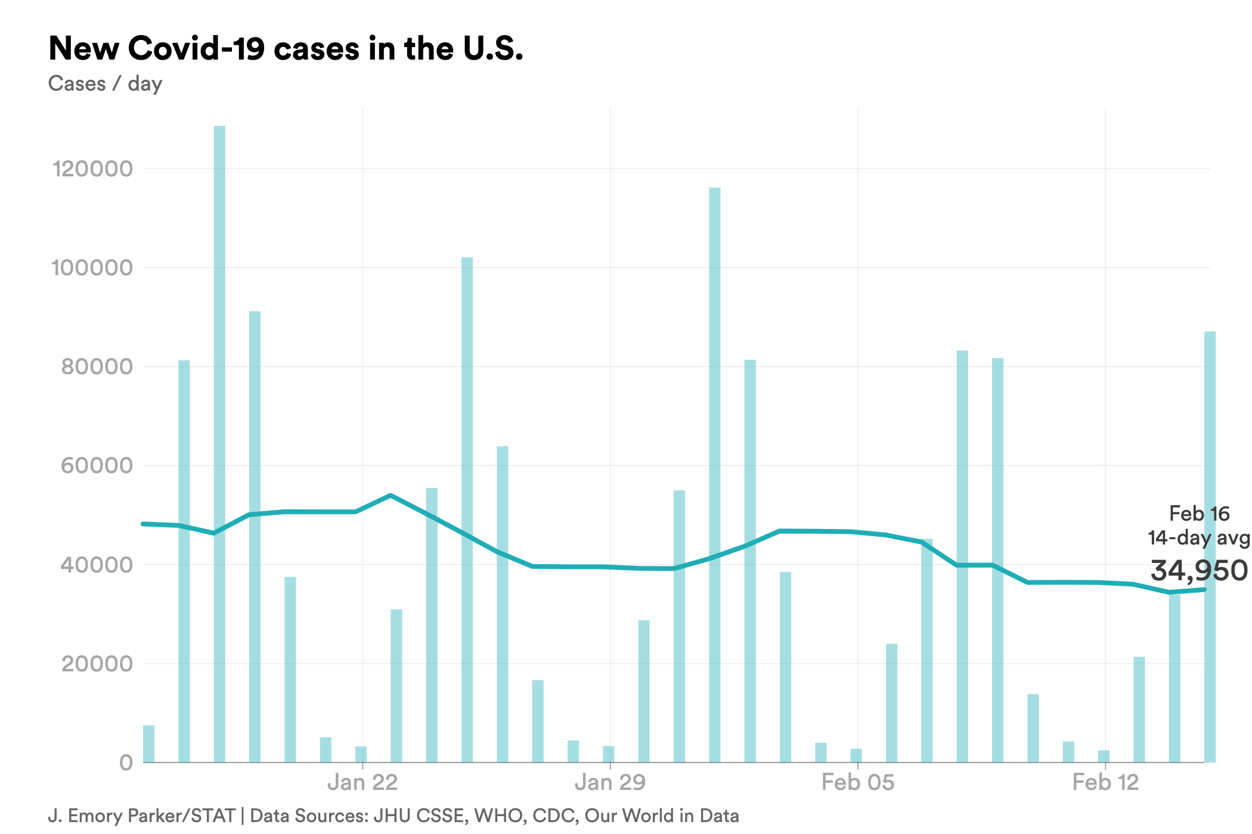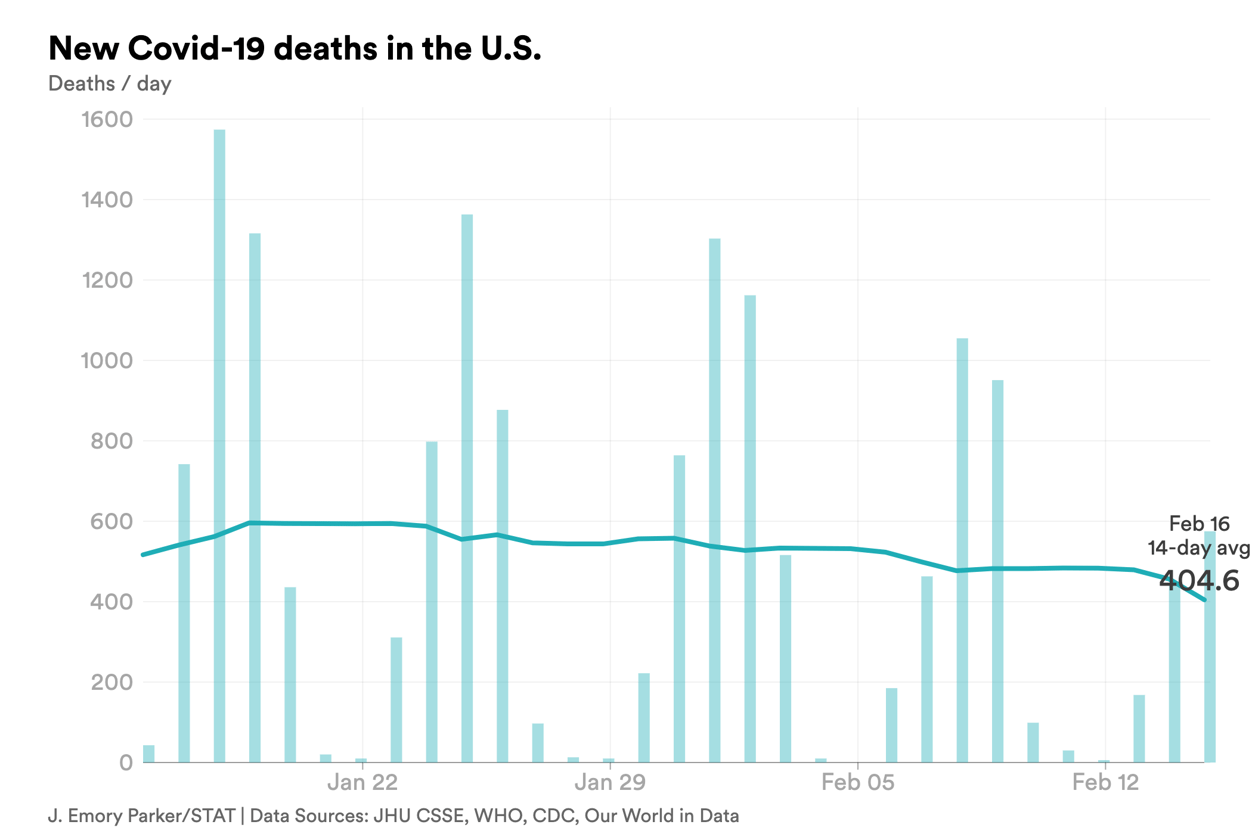Closer Look
Why aren't there better ways to treat cramps?
 Molly Ferguson for STAT
Molly Ferguson for STAT
Month after month cramps disrupt the lives of many who menstruate, made more distressing when go-to NSAIDs like Midol, Motrin, and Aleve don’t work. It’s estimated that nearly one in 5 people with dysmenorrhea — painful periods with or without an underlying condition like endometriosis or uterine fibroids — don’t get relief from existing treatments. And yet, there’s little funding for research into the problem, STAT contributor Calli McMurray reports.
Studies of treatments that looked promising — even research on Viagra to treat menstrual pain — have fizzled, with few patients participating and not much grant funding. Having a better understanding of what’s causing the pain could help researchers develop more effective treatments. “There’s a whole raft of these newer treatments that we can test out if we just know who to use them on,” said OB-GYN Frank Tu of NorthShore University Health System. Read more about the challenges and possibilities.
addiction
Nonfatal drug overdoses are key predictors of later deaths, but data gathering is uneven
As the opioid epidemic continues to take more than 100,000 lives a year, a new letter to JAMA calls attention to nonfatal drug overdoses. These red flags can predict future deaths, but they are likely undercounted by states. To begin with, not all states comprehensively report drug overdoses, and those that do may not capture all of them. Most reports come from hospital emergency departments or first responders, as you’d expect, followed by community programs. But not everyone who has an overdose connects with medical services or community programs, the researchers say.
“State nonfatal overdose data can inform local communities about the dangers of the illicit drug supply and provide data-driven insights to inform the distribution of lifesaving overdose-reversing drugs (e.g., naloxone), harm reduction resources, and treatment services,” the authors write.
nutrition
Kids need to eat more fruit and veg, study says
Just when they need nutritious foods to grow and develop, a concerning proportion of kids ages 1 to 5 aren’t eating a fruit or vegetable every day. A new CDC survey that asked parents what their children ate in the previous week found that in 2021, almost a third didn’t eat a daily fruit and nearly half didn’t have a daily vegetable, but more than half had a sugar-sweetened drink at least once that week.
The percentage of children who did not eat a daily fruit or vegetable was higher among those who were 2 to 5 years old, Black, or lived in households with limited food sufficiency. These children also were more likely to have sugary drinks. Rates varied by state: In Vermont, 30% of children didn’t eat a daily vegetable, compared with 64% in Louisiana. For sugar-sweetened drinks, rates ranged from 39% in Maine to 79% in Mississippi.
by the numbers




